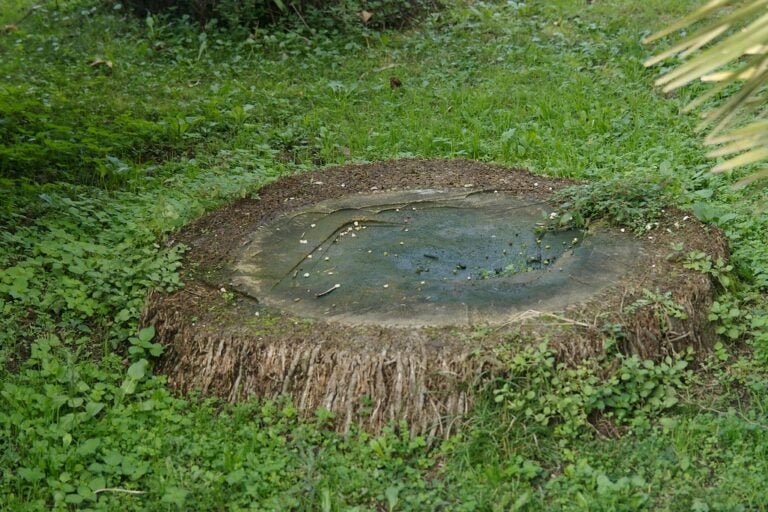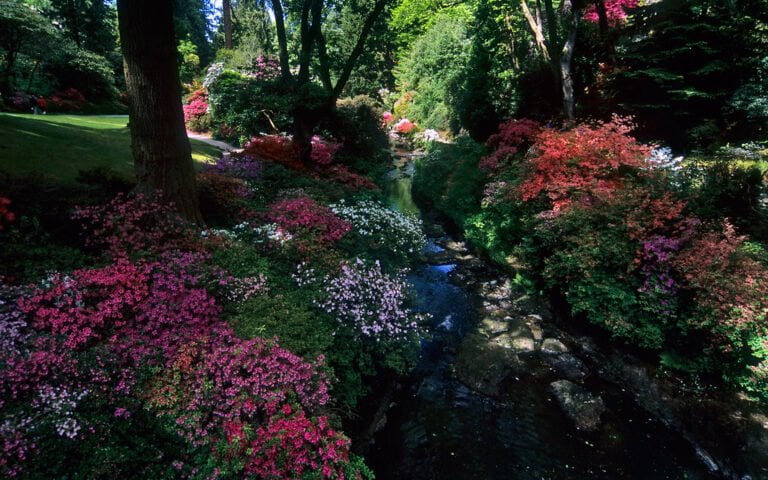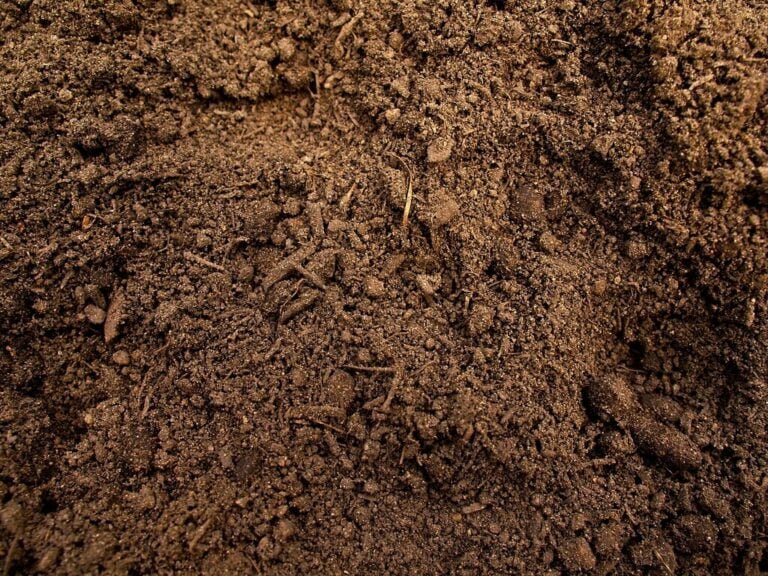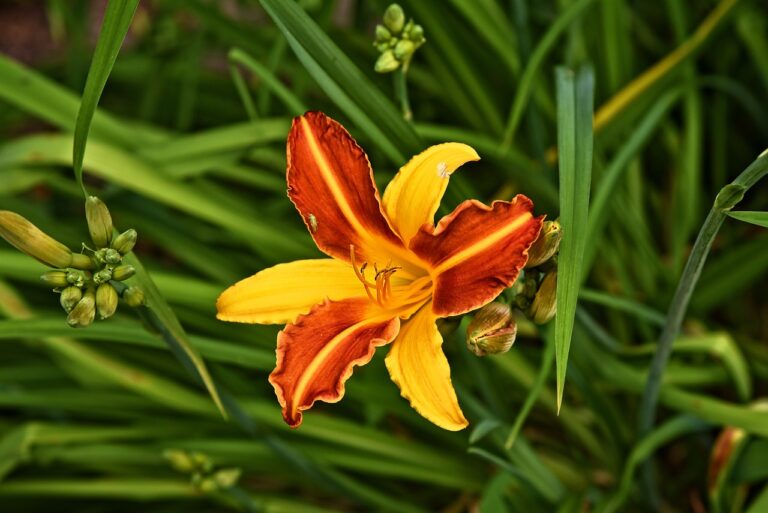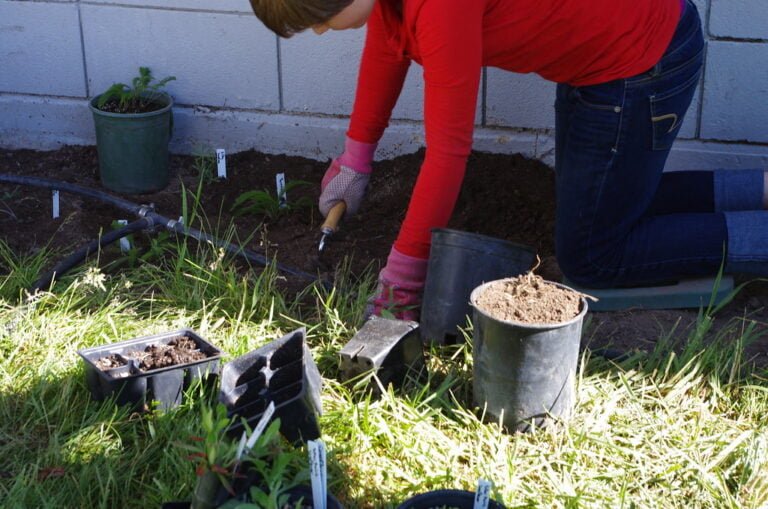Using Potting Soil to Start Seeds: Is It Possible?
Are you wondering if you can use potting soil to start seeds? The answer is yes! Using potting soil for seed starting is not only possible but also beneficial. In this article, we will explore the benefits of using potting soil, understand its composition, and provide you with step-by-step instructions on how to successfully start seeds with potting soil. Get ready to maximize your seedling growth and achieve successful germination with this practical and detailed guide.
Benefits of Using Potting Soil for Seed Starting
When starting seeds, using potting soil offers several benefits. First and foremost, potting soil is specifically formulated to provide the ideal conditions for seed germination. It is a well-draining medium that ensures proper moisture levels, preventing the seeds from becoming waterlogged and rotting. Additionally, potting soil is rich in nutrients that promote healthy root development and overall plant growth. This means that your seedlings will have a strong foundation to thrive and produce abundant harvests. Furthermore, potting soil is free from weeds, pathogens, and pests, minimizing the risk of diseases and infestations that could harm your plants. By using potting soil, you can give your seeds the best chance of success and set them on the path to becoming flourishing plants.
Understanding the Composition of Potting Soil
To understand the composition of potting soil, you can start by examining its ingredients. Potting soil is typically made up of a combination of organic matter, such as compost or peat moss, and inorganic materials like perlite or vermiculite. These organic components help retain moisture and provide essential nutrients for seed growth, while the inorganic materials improve drainage and prevent the soil from becoming too compacted. Potting soil may also contain added nutrients, such as nitrogen, phosphorus, and potassium, to support healthy plant development. Additionally, some potting soils may be enriched with beneficial bacteria and mycorrhizal fungi to enhance root growth and nutrient uptake. By understanding the composition of potting soil, you can ensure that your seeds have the necessary environment to thrive and grow into healthy plants.
Preparation Tips for Using Potting Soil to Start Seeds
To ensure successful seed germination, you should start by properly preparing your potting soil. Here are some preparation tips to help you get started. First, make sure to choose a high-quality potting soil that is specifically formulated for starting seeds. Look for a mix that is lightweight, well-draining, and rich in organic matter. Next, moisten the potting soil before filling your seed trays or pots. This will help provide a good environment for seed germination. Gently press the soil down to create a firm but not compacted surface. It's also important to remove any debris or large clumps from the soil to ensure an even distribution of seeds. Finally, label your trays or pots with the seed variety and date of planting. This will help you keep track of your progress and ensure proper care for each type of seed. By following these preparation tips, you'll increase your chances of successful seed germination and healthy plant growth.
Choosing the Right Potting Soil for Seed Starting
How can you determine the right potting soil for starting seeds? When choosing potting soil for seed starting, it's crucial to consider a few key factors. First, ensure that the potting soil is labeled specifically for seed starting or seedlings. This type of soil is formulated to provide the right balance of nutrients and moisture retention for young plants. Look for a soil that is light and well-draining to prevent waterlogged roots. It should also be sterile to minimize the risk of disease or pests. Additionally, consider the type of seeds you are starting. Some plants prefer a more acidic soil, while others thrive in a more alkaline environment. By considering these factors, you can select the right potting soil to give your seeds the best start.
Step-By-Step Guide to Starting Seeds With Potting Soil
Now, let's dive into the process of starting seeds with potting soil so you can get your garden off to a successful start. First, gather your supplies: potting soil, seed trays or pots, seeds, a spray bottle, and labels. Fill your trays or pots with the potting soil, leaving a small space at the top. Moisten the soil with water from the spray bottle until it is evenly damp but not soaked. Next, sow your seeds according to the instructions on the seed packet, placing them on the soil surface and gently pressing them down. Cover the seeds with a thin layer of potting soil and mist them with water. Label each tray or pot with the name and date of the seeds you planted. Finally, place the trays or pots in a warm, sunny location, and keep the soil consistently moist by misting it regularly. With proper care, your seeds will soon sprout and grow into healthy plants.
Common Mistakes to Avoid When Using Potting Soil for Seed Starting
Avoid making the mistake of overwatering when using potting soil for seed starting. While it's important to keep the soil moist, excessive watering can lead to waterlogging, which can suffocate the seeds and cause them to rot. Instead, water the soil lightly and consistently, ensuring that it is evenly moist but not saturated. Another common mistake to avoid is using the wrong type of potting soil. Make sure to choose a high-quality, sterile potting soil specifically designed for seed starting. This will provide the necessary nutrients and drainage for healthy seed germination. Additionally, avoid planting seeds too deep in the potting soil. Follow the instructions on the seed packet for the correct planting depth to ensure successful growth. Lastly, don't forget to label your seedlings to avoid confusion and ensure proper care. By avoiding these common mistakes, you can maximize your success when using potting soil for seed starting.
Tips for Successful Seed Germination With Potting Soil
To ensure successful seed germination with potting soil, you should provide optimal conditions for growth. Here are some practical tips to help you achieve that:
- Choose the right potting soil: Look for a high-quality, sterile potting mix specifically designed for seed starting. Avoid using garden soil, as it can contain pests and diseases that may hinder germination.
- Moisture is key: Keep the potting soil consistently moist but not waterlogged. Water the seeds gently using a spray bottle or a watering can with a fine rose attachment. Avoid overwatering, as it can lead to rotting.
- Provide warmth: Most seeds require warm temperatures to germinate. Place your pots in a warm location, such as near a sunny window or on a seedling heat mat.
- Maintain proper lighting: Adequate light is crucial for seedlings' growth. If you're starting seeds indoors, use fluorescent lights or grow lights to provide 12-16 hours of light per day.
- Practice patience: Different seeds have different germination times. Be patient and wait for the seeds to sprout. Avoid disturbing the soil during this period.
How to Care for Seedlings Started in Potting Soil
To care for your seedlings started in potting soil, provide them with proper sunlight, water, and nutrients. Place your seedlings in a location that receives at least 6-8 hours of sunlight per day. If natural sunlight is insufficient, you can use artificial lights, such as fluorescent or LED grow lights, to supplement their light needs. Water your seedlings regularly, keeping the soil moist but not waterlogged. Avoid overwatering, as it can lead to root rot. Fertilize your seedlings with a balanced liquid or granular fertilizer to provide them with essential nutrients. Follow the instructions on the fertilizer package for proper application rates. Additionally, keep an eye out for pests and diseases, and take necessary measures to protect your seedlings, such as using organic pest control methods or applying fungicides if needed. With proper care, your seedlings will thrive and grow into healthy plants.
Comparing Potting Soil With Other Seed Starting Mediums
Comparing potting soil with other seed starting mediums allows you to evaluate their effectiveness and choose the best option for your gardening needs. While potting soil is a common choice for starting seeds, it's important to consider other alternatives. One popular option is seed starting mix, which is specifically formulated to provide the ideal conditions for germination and seedling growth. It is often lighter and more sterile than potting soil, making it easier for young roots to penetrate and obtain nutrients. Another option is a homemade mixture of compost and vermiculite or perlite, which can provide a nutrient-rich and well-draining environment for seedlings. Additionally, some gardeners prefer using peat pellets or coconut coir as seed starting mediums, as they are lightweight, retain moisture well, and are environmentally friendly. Ultimately, the choice depends on your specific gardening goals and preferences.
Expert Advice on Maximizing Seedling Growth With Potting Soil
Maximizing seedling growth with potting soil can be achieved by following expert advice and implementing proper techniques. To start, choose a high-quality potting soil that is specifically formulated for seed starting. This type of soil is lightweight and well-draining, which is essential for healthy root development. Before planting your seeds, moisten the potting soil thoroughly to ensure even moisture distribution. Next, fill your seed trays or containers with the moistened soil, leaving a small gap at the top for watering. Gently press the soil down to eliminate any air pockets. When sowing the seeds, follow the recommended planting depth and spacing for each specific plant. After planting, cover the containers with a plastic dome or plastic wrap to create a greenhouse-like environment that promotes germination. Place the containers in a warm and well-lit area, but avoid direct sunlight, as it can cause overheating. Finally, water the seedlings regularly, keeping the soil consistently moist but not waterlogged. By following these expert tips, you can maximize seedling growth and set your plants up for success.
Conclusion
In conclusion, using potting soil to start seeds is not only possible but also beneficial. Potting soil provides a nutrient-rich and well-draining environment for seed germination and seedling growth. By understanding the composition of potting soil, preparing it correctly, and following the step-by-step guide, you can successfully start seeds and care for the resulting seedlings. Compared to other seed starting mediums, potting soil is a practical and effective choice for maximizing seedling growth.

